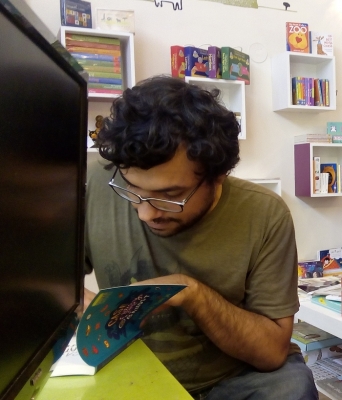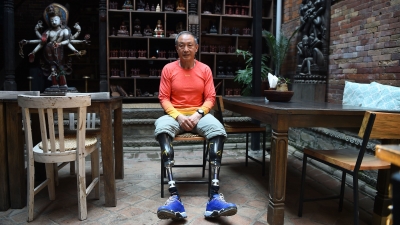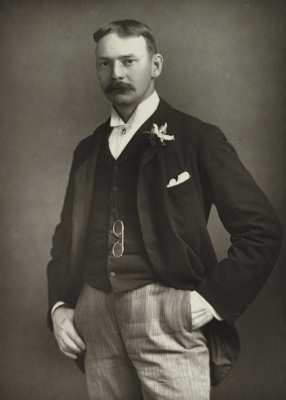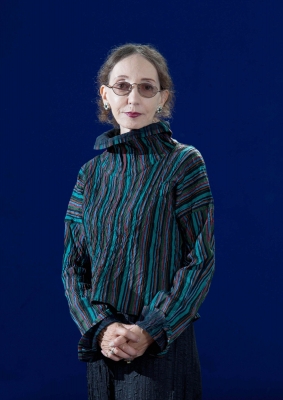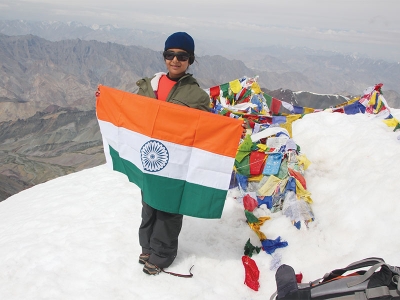What are the adventures of Victor Vescovo?
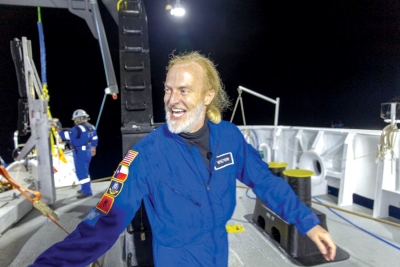
Books and films regale us with stories of multi-millionaires leading a double life. They often don capes like Bruce Wayne and Tony Stark, or plunge into adventure like Lara Croft. But in the case of Victor Vescovo, the truth is stranger than fiction.
The Dallas-based multimillionaire, who flies his own jet and helicopter, believes in living life to its fullest. So, the 53-year-old former naval officer has climbed the highest mountains on each of the seven contients and skied to both poles, becoming the 38th person ever to conquer the so-called Explorer’s Grand Slam.
And last year, he did the unthinkable: he conquered the oceans. Vescovo became the first person to dive into the deepest point in every ocean – Atlantic, Pacific, Indian, Arctic, and Southern Ocean.
Exploring the deep was a dream of Vescovo’s ever since he was a little boy reading about the great adventures of 20th century explorers.
Using a state-of-the-art submersible called Limiting Factor, he plunged into the depths of the Challenger Deep, the Puerto Rico Trench, the Java Trench, the South Sandwich Trench and the Molloy Deep – in a short span of one year.
Some of these trenches had never been reached by humans before. On others, Vescovo created new records. He also discovered four new marine species in the process. Here’s an account of his dives and what he found down there:
From the trenches
The Mariana Trench in the Pacific Ocean contains the deepest known points on Earth. And at its bottom lies the Challenger Deep.
A gap between tectonic plates, it is the deepest spot in the ocean. Its depth is pegged to be around 36,070 feet, that’s 10,994 metres. The world’s highest mountain, Everest is 8,848 metres. And while thousands have successfully scaled Everest, only three have been able to reach the Challenger Deep. More people have walked on the moon!
The first dive to the bottom of the Mariana Trench took place in 1960 by US Navy lieutenant Don Walsh and Swiss engineer Jacques Piccard. Then in 2012, James Cameroon, the director of Titanic, descended to the bottom of Challenger Deep, briefly reaching 10,898 metres. His sub was irrevocably damaged.
When Vescovo made the deepest manned sea dive ever recorded, at 10,927 m, the pressure at that depth was incredible. It reached to 16,000 pounds per square inch – enough pressure to crush a bulky car within seconds.
Though he descended safely, what he saw was disturbing. No, it was not some mysterious mythological creature, but a plastic bag and candy wrappers! Vescovo’s dive proved just how much damage humans have inflicted on the oceans.
Close encounters with third kind
Located in the Ring of Fire, the Java Trench in the Indian Ocean is one of the most dangerous places on the planet. Shifting tectonic plates regularly generate rattling earthquakes and mega tsunamis. As the submersible ploughed silently through the trench, a jellyfish-like creature became visible. The gelatinous animal had a small, shimmering balloon dangling from its body.
The team was able to capture it on camera. It is thought to be a rare species of stalked Ascidean.
His final dive was on August 24, 2019, into the Molloy Deep, the lowest point in the icy Arctic ocean, situated west of Svalbard, Norway. It marked the first manned dive to reach to the bottom of the abyss.
What’s next?
After scaling the mountains and the oceans, it’s no surprise that Vescovo has now set his sights on going into space. He also plans to conduct further dives in previously unexplored trenches around the Pacific Rim.
Picture Credit : Google


